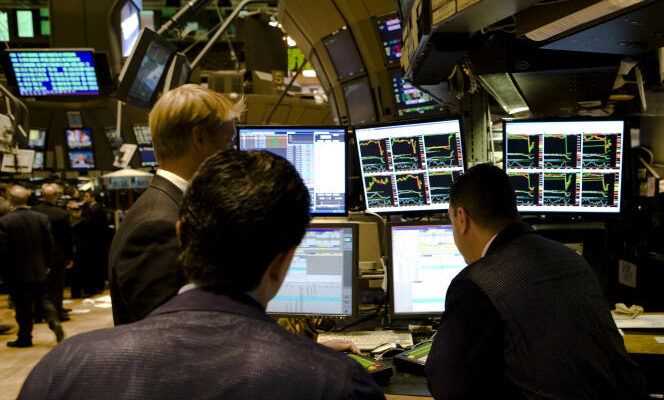“I can calculate the movement of celestial bodies but not the madness of men”, Isaac Newton observed bitterly, after losing his money in the bankruptcy of the South Sea Company in London in 1720, one of the great financial crashes in history. More than two centuries after the famous English scientist, a review of the four great speculative crises that have marked the last hundred years.
- 1929: “Black Thursday”
The mother of all financial crises begins on a Black Thursday. On October 24, massive sales of shares rocked Wall Street and ended years of speculation.
In less than a month, about half of the value of the Dow Jones evaporates. Savers, ruined, drastically reduce their standard of living, and industrial production collapses.
In the years that followed, the explosion in the number of unemployed plunged millions of families into poverty in the United States and elsewhere in the world. As the crisis spread, the crisis caused bank failures, particularly in Austria and in a Germany plagued by post-war reparations.
This time, Wall Street plunges into hell on a Monday. On October 19, the Dow Jones lost 22.6%, the worst drop in a day in its history, and carried the stock markets around the world in its wake. The financial sophistication associated with the use of options and derivatives in investment techniques is accelerating the downturn. But the rapid intervention of the US Federal Reserve to support the markets with liquidity makes it possible to contain the stock market shock by avoiding contamination of the rest of the financial system. The US equity market will return to its pre-crash level in less than two years.
- 2000: the Internet bubble explodes
The Nasdaq, an index of U.S. technology stocks, fell after a peak in March, more than three years after Federal Reserve Chairman Alan Greenspan warned of the risk of“Irrational exuberance”. Boosted by the Internet revolution, the stock markets have experienced an accelerated rise for five years in the United States and Europe. The runaway ends in part because of rising interest rates, but mostly because investors stop believing Silicon Valley’s promises on the financial performance of the new economy.
- 2008: the subprime crisis spreads to the whole world
You have 22.34% of this article to read. The rest is for subscribers only.
